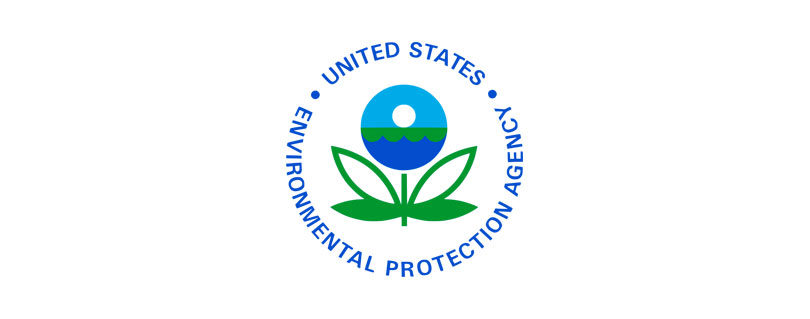EPA Awards Nearly $500,000 to Student Teams for Environmental Technologies
Publilshed by the U.S. Environmental Protection Agency (EPA)
WASHINGTON – Today, the U.S. Environmental Protection Agency (EPA) announced $500,000 in research funding to five student teams to further develop their innovative ideas to solve environmental challenges. These awards are part of EPA’s People, Prosperity, and the Planet (P3) Program.
“Congratulations to our winning teams on their creative and innovative solutions to address some of our most urgent environmental problems,” said Chris Frey, Assistant Administrator for EPA’s Office of Research and Development. “Their work is inspiring, and I look forward to seeing the final results of these projects.”
EPA’s P3 program is a unique competition that offers teams of college and university students hands-on experience that brings their classroom learning to life, while also encouraging them to create tangible changes in their communities. Today’s awardees have already been awarded a one-year grant of up to $25,000 for Phase I, which served as a “proof of concept,” to develop their idea. These teams then successfully competed for a Phase II grant of up to $100,000 to implement their design in a real-world setting.
Today’s award-winning teams include:
- New Jersey Institute of Technology, Newark, N.J., to reduce contaminants and provide safe drinking water by developing an innovative microwave-assisted membrane filtration system to enhance the removal of per- and poly fluoroalkyl substances (PFAS) from water.
- Florida Atlantic University, Boca Raton, Fla., to reduce air pollution and increase fuel resources by developing adsorbent materials that can remove impurities from biogas and landfill gas to produce biomethane, a carbon-neutral fuel.
- Illinois Institute of Technology, Chicago, Ill., to provide clean water and improved water treatment technologies by producing a sorbent-enhanced sand capping technology for PFAS-contaminated sediments to reduce mobilization and bioaccumulation of PFAS in sediments.
- Southern Illinois University, Carbondale, Ill., to create a floating treatment system that can be deployed to control harmful algal bloom outbreaks.
- Stanford University, Stanford, Calif., to design and test a self-sustaining device for nutrient capture and recovery for water treatment to prevent harmful algal blooms.
Learn more about the P3 Phase II winners.
Learn more about EPA’s P3 program.
Read the full article at: https://www.epa.gov/newsreleases/epa-awards-nearly-500000-student-teams-environmental-technologies


